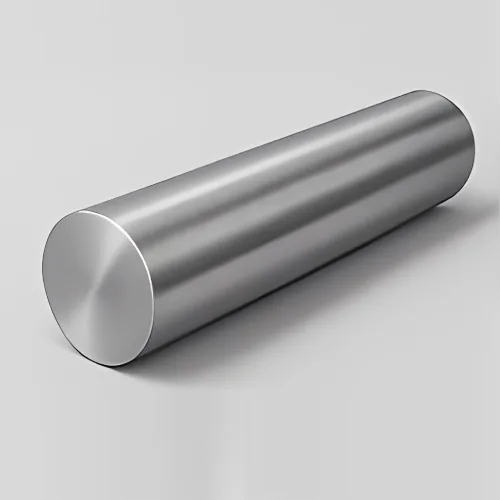
316L Stainless Steel Rod
Keywords: 316L,
Standard: ASTM, AISI, DIN, EN, GB, JIS
Technique: Hot Rolled/Cold Rolled/Galvnized
Processing Service: Welding, Punching, Cutting
Available Size Range: Click here
Volume: 0
Get A Quote
Keywords: 316L,
Standard: ASTM, AISI, DIN, EN, GB, JIS
Technique: Hot Rolled/Cold Rolled/Galvnized
Processing Service: Welding, Punching, Cutting
Available Size Range: Click here
Volume: 0
Get A QuoteEurope: 1.4404
Japan: SUS 316L
India: 022Cr17Ni12Mo2
China: 00Cr17Ni14Mo2
Head-to-Head: 316L vs. the Competition
| Scenario | 316L Rods | 304 Rods | Duplex 2205 |
|---|---|---|---|
| Salt Spray Survival | 1.500+ hours (ASTM B117) | 96 hours | 2.000+ hours |
| Max Service Temp | 870°C (intermittent) | 925°C | 300°C |
| Weld Integrity | No intergranular corrosion risk | Risk above 0.06% carbon | Requires post-weld heat |
| Price Premium | 40% over 304 | Baseline | 80% over 304 |
Corrosion Warfare
Survives 10+ years in tidal zones (pH 2–12).
Resists sulfuric acid up to 10% concentration at 20°C.
Medical-Grade Smoothness
Achieves Ra ≤0.4 µm via electropolishing—ideal for FDA-cleared equipment.
Cryogenic Toughness
Maintains impact strength down to -200°C (LN2 handling).
1. Offshore & Marine
Subsea valve shafts | Desalination plant rods | Boat propeller shafts
2. Pharma & BioTech
Reactor agitators | Sterile transfer rods | Cleanroom robotics
3. Chemical Processing
Acid pump shafts | Heat exchanger tubes | Chlorine sensor mounts
4. Luxury Consumer
Yacht railings | Saltwater pool ladders | Coastal architecture ties
North Sea Oil Co.: “316L rods in our drilling risers lasted 8x longer than 304 in H2S-heavy wells.”
Swiss Pharma Lab: “Zero contamination risk after 500 autoclave cycles on 316L reactor rods.”
Miami Marine Architects: “No visible pitting on marina structures after 2024’s record hurricane season.”
Fabrication Mastery
Machining: Use sharp carbide tools + high-speed coolant (SFPM ≥100).
Welding: TIG with ER316L filler; keep interpass temp <150°C.
Passivation: 20% nitric acid bath (ASTM A967 Method 2) for maximum CrO layer.
Joining: Avoid galvanic coupling with carbon steel—use insulated sleeves.
Products
Phone